The perfect latte is creamy, delicate and tasty. It's actually one of the most popular caffeinated beverages in the world. In this article, we offer an overview of the origin, definition, and preparation of the latte.
History of the latte
Many believe that the latte was created by and for Italians, but this is only half true. This beverage does indeed have Italian origins, but it is targeted more for Americans who often believe that espresso is too intense. The invention of the term “latte” is attributed to the essayist William Dean Howell, author of Italian Journeys (1867).
Depending on the country in which it is consumed, latte coffee also goes by the name “café au lait” (France) or “cafe con leche” (Latin America). Small elements differentiate them, but the basis remains the same.
How to make a latte
The recipe for a latte is fairly simple, it is composed of espresso and micro foamed milk. The texture of the latte is smooth, creamy and uniform. Latte proportions typically vary from one establishment to another. It is therefore relevant to ask the barista how he makes it in order to obtain precisely what you want.
Ingredients:
Small latte (about 8 oz):
- 1 shot of espresso
- 6 to 7 oz of milk or vegetable drink
- Regular latte (approximately 12 oz):
- 2 shots of espresso
- 9 to 10 oz of milk or vegetable drink
Steps:
Grind the coffee beans
- For 1 dose of espresso: 12 to 14 g
- For 2 doses of espresso: 18 to 20 g
Tap the espresso into your filter holder
Extract the espresso
Froth your choice of milk
pour the microfoam into the espresso
Enjoy!
The key to the latte is really the microfoam. It can take time and practice to master, but once successful, it greatly increases the quality of the latte. For a perfect result, the microfoam must be creamy, uniform, shiny and slightly sweet.
With the rise in popularity of plant-based drinks, a vegan version of this popular beverage is now possible. You can now make your latte with, among other things, oat, pistachio, macadamia and soy milk. However, to ensure that you obtain a microfoam that is as close as possible to that made with cow's milk, it is important to ensure that you obtain one that has the Barista label. The latte can also be enjoyed cold. In fact, the iced latte is extremely popular during the hot summer days.
Latte art
Who says latte without latte art! The art of creating patterns in the crema does not change the taste of the latte, it is a very widespread practice and appreciated by latte lovers. To learn more about latte art and its history, you can consult our Latte Art Guide. If you want to develop your skills, our latte art training is also offered at our National Barista Institute!

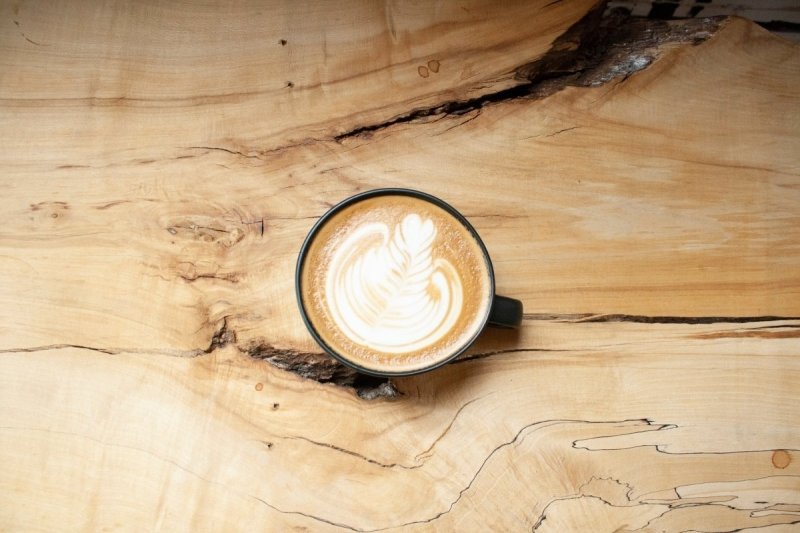
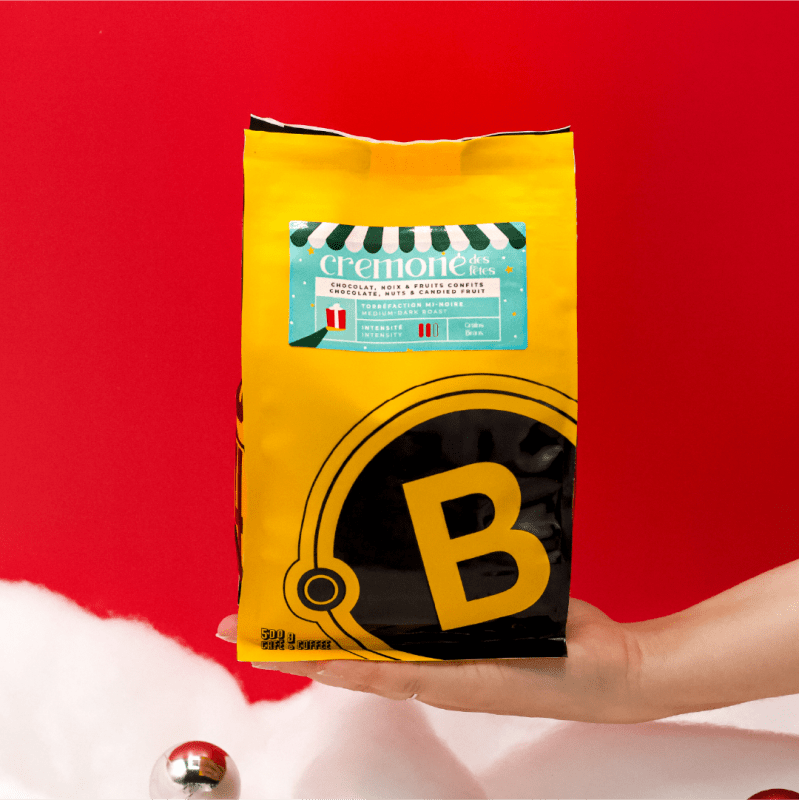
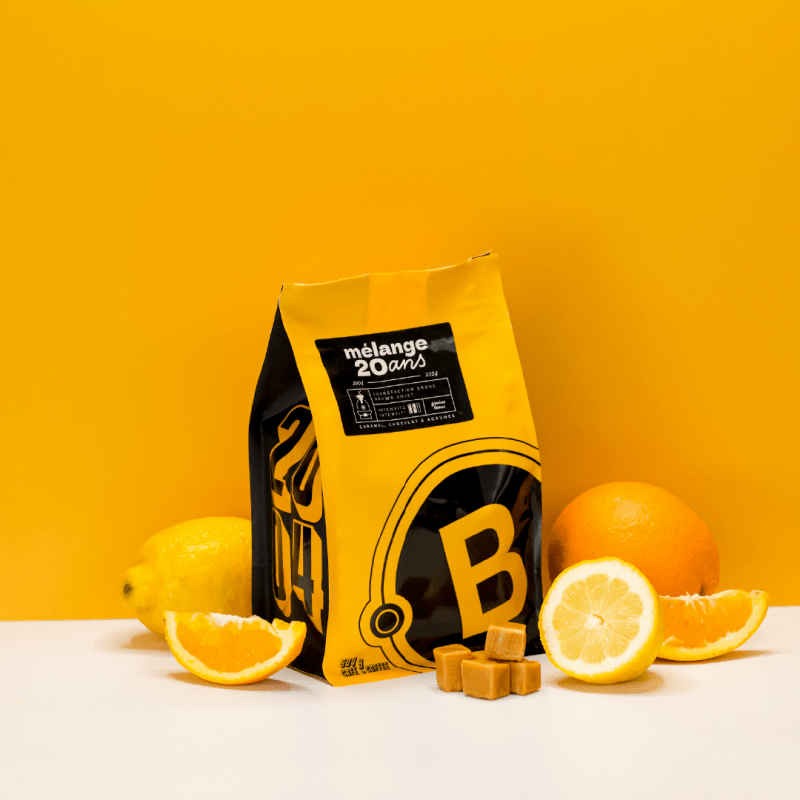


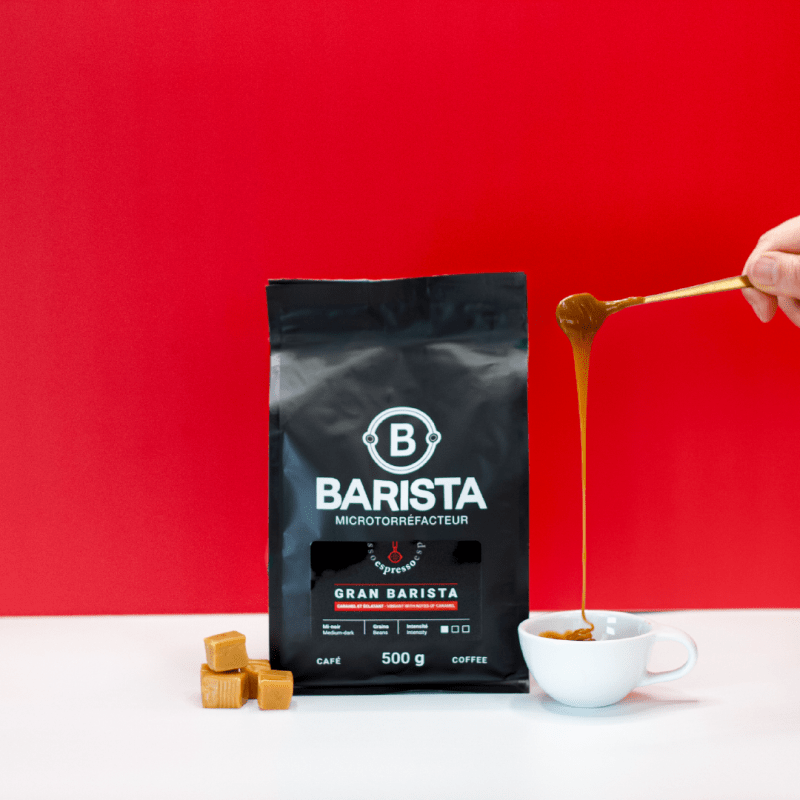
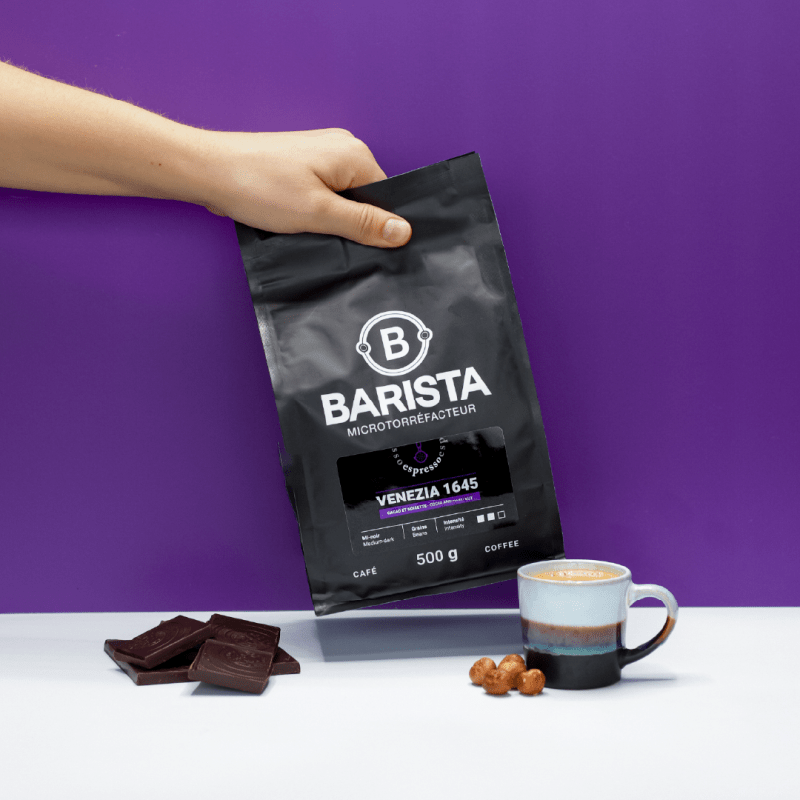
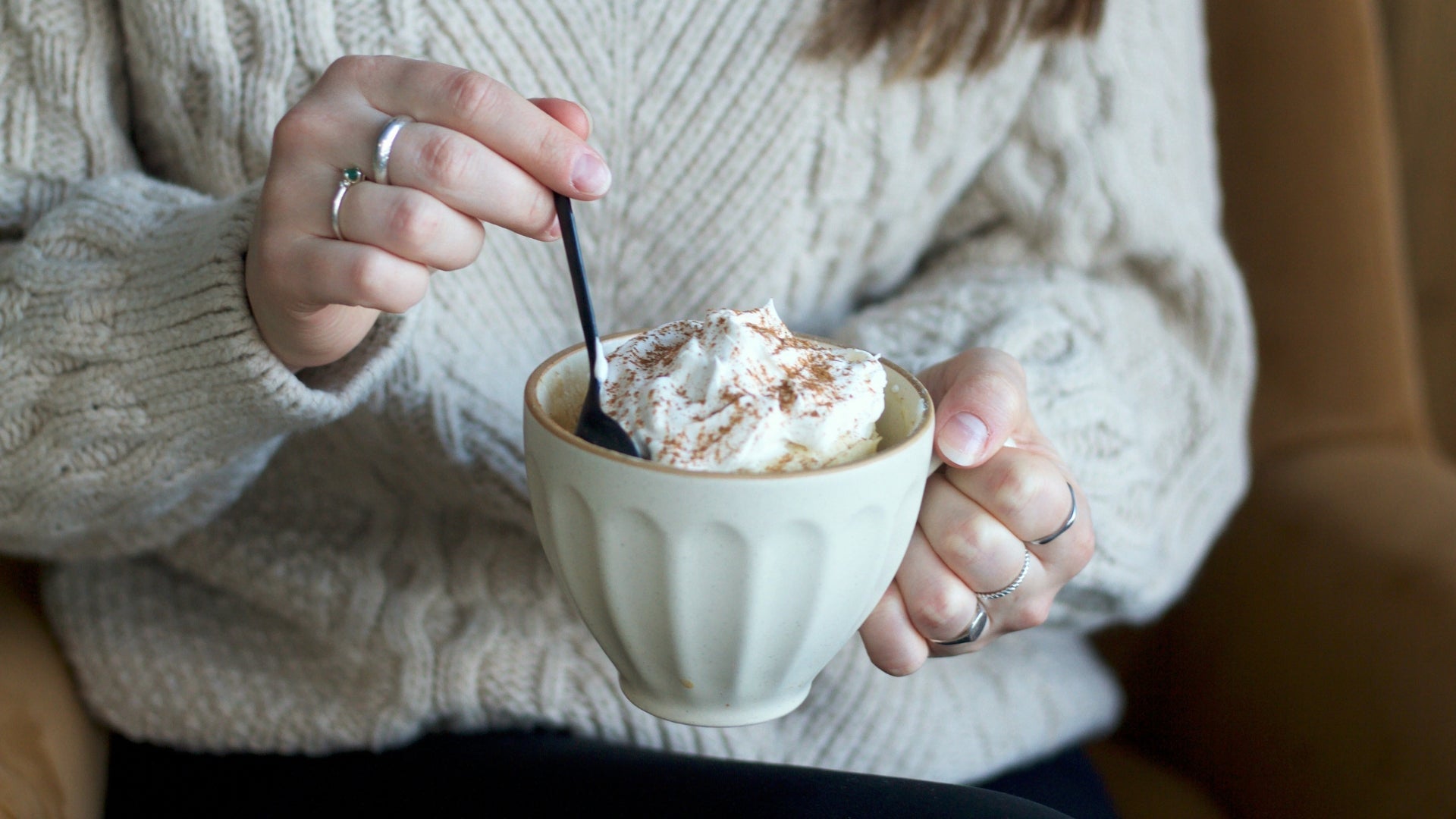
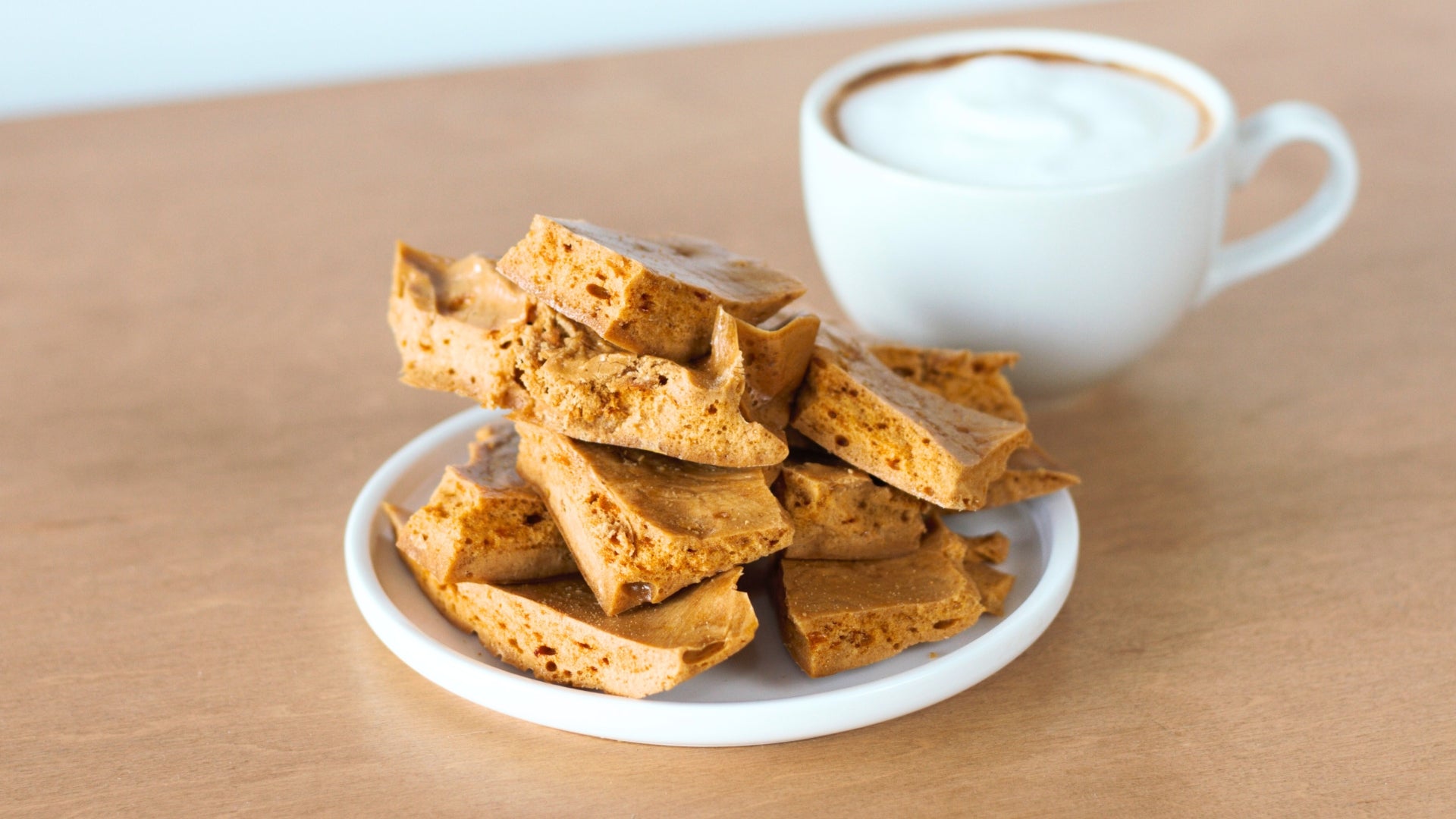
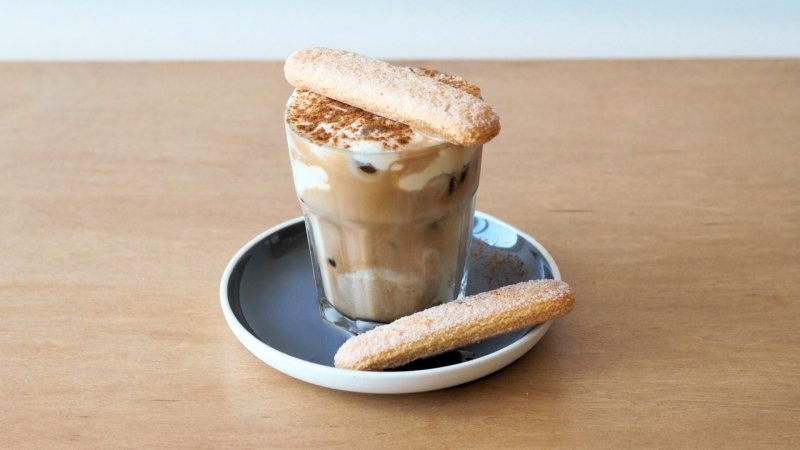
Share:
How to Clean an Espresso Machine
How to make a cappuccino?